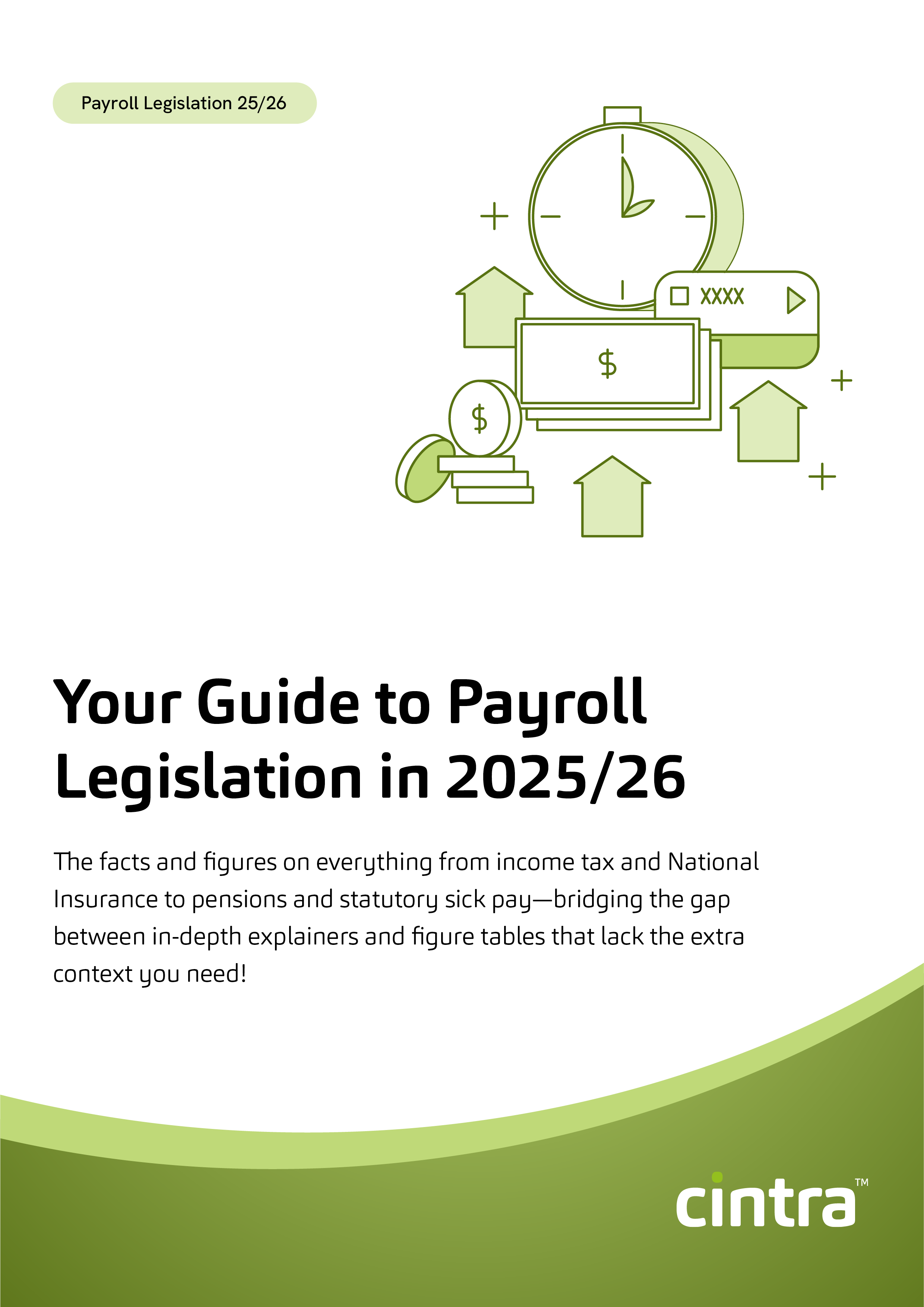Employee mobility is a catch-all term for the movement of your people in their career. Be it up the rungs of the corporate ladder, travelling or relocating for work, or taking the opportunity to work remotely. It’s all about your people making moves to suit their professional goals.
Why is employee mobility important?
Employee mobility is crucial because it interlinks with employee experience, retention and talent acquisition. People these days are constantly on the lookout for flexibility within their roles and careers. And if they don’t get it? They’re going to start looking for another workplace where their needs will actually be met.
As for employee experience, if you’re catering to your people’s need for growth and flexibility, they’re going to experience life at work in a positive light. If you demonstrate that you’re accommodating their needs, desires and helping them to achieve their professional goals, guess what? They’ll love it and they’ll stay! It’s one of the best global employee benefits you can offer your teams in todays working world.
HR teams… rejoice! Because with global mobility comes a global pool of exceptional talent. No longer is your talent hunt restricted by geographical barriers, the world is your oyster. And if you show your potential hires how mobile you are, this could truly seal the deal.
The evolution of employee mobility
Traditional career paths see employees start at the bottom and clamber up the corporate ladder, until they get promoted to the highest level (and pay bracket!). This could mean a person staying in their job for decades, until they finally make the grade.
Modern career trajectories are far removed from the traditional path. They’re all about chopping and changing. They’re about wriggling out of a role that no longer fits and finding another that does. It’s more about achieving personal career goals and less about loyalty to one company.
Types of employee mobility
Vertical mobility
You know that career ladder we mentioned? Vertical mobility is about climbing the ladder. It means your team member is promoted to a higher up role, upgrading their status and their paypacket. An example could be an admin assistant becoming the office manager.
Horizontal mobility
This is the movement from an employee from one job to another at the same level. It could look like an admin assistant moving to a role on a similar level in the same or another department.
Geographic mobility
Geographical mobility means what it says: an employee makes a move to a job within the same country or another country entirely. This could look like moving from London to Manchester, or from Manchester to New York.
Temporary assignments
Temporary assignments are where people take up a job for a specified time period before moving onto another role. Typically it means less than six months.
External mobility
External mobility simply means that employees move outside of the organisation, to an entirely different company, sector or geographical location. It could look like a career transition from one company to another.
The role of technology and globalisation in employee mobility
Technology and globalisation have revolutionised employee mobility. Organisations have expanded and become truly global, with offices and personnel all over the world. If you’re a talented coder from India, you don’t need to up sticks to the UK, you can work remotely thanks to technological advances and cloud-based systems. If you’re an organisation in the USA and want to expand to foreign shores, it’s going to be a lot easier than it was, say, 30 years ago thanks to our increasingly globalised world. Then there’s the digital nomads. People don’t even need a permanent home to work these days. As long as they have a laptop and internet connection, they’re all set. Workers don’t need a permanent residency, or office, or team to work anymore. Thanks to technology and globalisation, the world is becoming a lot smaller.
Technology can also aid in the training and development of your team, with online courses quickly establishing themselves as a global norm these days.
The benefits of employee mobility
It’s pretty clear that there are lots of perks when employees feel like they’re living outside the box. But employee mobility offers a host of benefits for both the organisation and the employee. Let’s take a look at these.
Benefits for your organisation
Collaboration
Employee mobility contributes to an enhanced culture of collaboration at your organisation. Collaboration not only builds trust, it creates a culture of continuous development, where your people can see that you’re investing in their professional development. Collaboration offers employees the chance to engage with each other and form deep connections.
Employee retention
Holding onto your best hires is a top benefit when it comes to employee mobility. As we already mentioned, being able to be flexible and offer your people the opportunities they deserve can stop them from looking elsewhere to fulfil their needs, and will do wonders for your global employee retention.
Productivity
Employee mobility can lead to heightened global employee experience which leads to better morale which leads to better productivity. When your people feel valued at work and have the opportunity to grow and develop, they’re going to be much more productive.
Flexibility
With great mobility comes great flexibility. When the sky’s the limit on who you can hire, you can begin to look further afield. And by further afield, we mean the whole, wide world! You’ve got the pick of the bunch when it comes to global talent, and they’ll be pretty pleased too because they’ll see that you value mobility.
Knowledge sharing
Global teams can share their individual knowledge and experience, gained from previous roles, with your organisation. With a wealth of different experiences comes a wealth of knowledge and different perspectives.
Benefits for your people
Skills development
Offering your people a chance to upskill is an excellent way to show them that you value them, and gives them a chance to develop within your organisation and do their role to the best of their ability.
Career progression
Your people can stay loyal to your company safe in the knowledge that they have plenty of room to continuously learn and upskill. And with that, they can also enjoy a bigger paypacket.
Exposure to diverse experiences
An employee who works at an organisation with a strong onus on employee mobility will be able to enjoy diverse experiences. Be it travelling as part of their role, relocating abroad or simply being promoted internally, continual development and upskilling means they’ll get to have new and diverse experiences as they progress.
Increased engagement and motivation
Having the flexibility to move and change within an organisation has the happy knock-on effects of engagement and motivation on the job. When you invest in your people’s growth, they’re going to feel empowered, enthused and excited to be at work.
Get support at every stage of the employee lifecycle
Employee mobility is another crucial piece of the international HR puzzle and you can’t do without it, unless you want your competitors to nab all of your best team members!
While you focus on making your employee experience as wonderful as possible for your people, let us show you how our international HR services can help, where you’ll get support at every stage of the employee lifecycle.
Cintra Global will help you to hire, engage and keep a motivated, productive global team. Give us a shout today and let’s make it happen!


